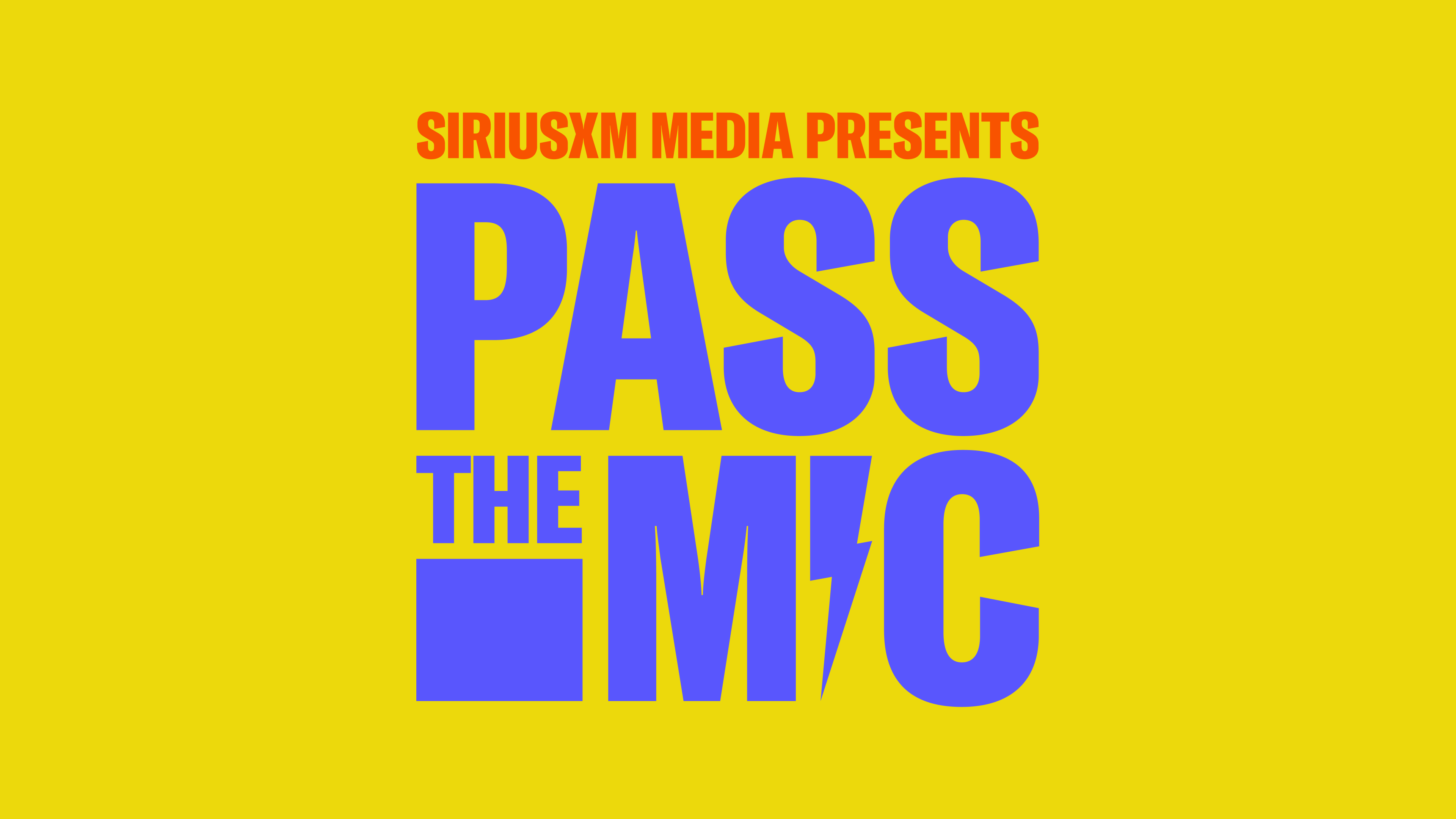Flexibility & Streaming Audio: Productivity Catalysts for WFH
Melissa Paris, Vice President, Sales Research & AnalyticsFeb 16, 2021An Exclusive Study
Listening to music at work is nothing new—we all do it to boost our moods, get into a groove or help push out distractions. What has changed is… virtually everything else about working. A combination of technological advances and a turbulent 2020 have completely changed the where, the how, and the how long we work. And because of that, we’re also listening differently. Being at home means more access to more devices and more content.
How exactly have our at-work listening behaviors shifted? And what does that mean for marketers? Let’s take a look.
The Study: To Be Productive or Be Distracted?
In partnership with Edison Research, Pandora and Mindshare set out to:
- Discover how the landscape evolution has influenced at-work listening behaviors in comparison to Edison Research’s previous studies (in 1997 & 2013).
- Determine how pre-COVID listening behaviors have shifted during this ‘new normal,’ particularly for those who are now working from home.
- Uncover what role audio content is playing in productivity or distraction in this environment, and how that impacts listeners’ ad receptivity during the workday.
Online interviews were conducted from October 1 through 8, 2020 among 2,242 U.S. adults ages 18+ who were employed either part-time or full-time.
The data was weighted to match the sex, age, and ethnicity of the U.S. employed online population. Where possible, data was tracked with respondents from Edison’s 1997 and 2013 at-work studies.
The Results
Home Office, Now Open 24 Hrs
The WFH trend predated COVID-19. According to Edison Research’s at-work studies in 1997 and 2013, less than 1 in 10 full- or part-time US workers were primarily working from home (8% and 9%, respectively). Cut to pre-pandemic 2020, that had already jumped to 16%, likely due to the rise of the ‘gig economy’ which affords people the flexibility to be their own boss, create their own hours, etc.
This number jumped, of course, to 49% in this most recent study. Higher-income adults (HHI $100k+) and Parents of children under 18 are most likely to be working from home, over-indexing by 20% and 12% vs. total workers. By contrast, Black Americans and lower-income adults (HHI <$100k) are both 12% more likely to be currently working outside their home.
With no separation between work and home, it’s no surprise that 1 in 3 working Americans are currently working outside of their typical working hours—throwing established routines out the window. Gen Z, Hispanic Americans, Black Americans, and Parents with children under 18 are even more likely to have their normal working hours disrupted.
Amidst disruption, WFH is a welcome change
Despite everything, a vast majority of working Americans are somewhat or very satisfied with their employer (94%). More than 6 in 10 feel that their employers have been understanding, considerate, and flexible throughout this time. That said, not everyone is feeling entirely positive about their current setup:
- Black Americans are 38% more likely to be unsatisfied with their employer
- Parents and Men are more likely to describe their employer as uncommunicative (130 index, 111 index) and impatient (146 index, 114 index)
- Younger and Multicultural workers are more likely to describe their employer as more demanding right now (Gen Z: 147 index, Black: 111 index, Hispanics: 127 index)
Work flexibility is now the highest priority to workers—58% of workers say that the pandemic has made flexibility somewhat or much more important. Two in three workers who are now working from home say that being able to do so makes them feel more flexible.
- Narrowing in on WFHers, three in four actually find it to be easy. Generally, it’s been largely positive in workers’ lives, with many saying it has made them closer to their family (65%), given them a better work-life balance (58%), made them happier (56%) and more productive (55%), less stressed (50%) and more resourceful (50%).
- Despite feeling mostly positive about working from home, it does come with some cons: many feel less connected to their co-workers as a result (59%), find it harder to be a good parent (47%), have no separation between their work and home lives (46%), are working more hours (42%), or are feeling more distracted (42%) or lonelier (41%).
Pandemic parenting is hard (…is the understatement of the year)
While no one has had an easy time during the pandemic, Working Parents have been put through the ringer. They have inherited 10x the jobs during the pandemic—Zoom facilitators, home school teachers, full-time snack preparers, just to name a few. 70% of Working Parents with children under the age of 18 are juggling their children doing virtual learning from home. About 6 in 10 of those who have children learning from home say that it has been quite difficult for them to balance working with virtual learning. Working Parents who are especially likely to be feeling the pain from that juggling act include Women (118 index), Hispanics (111 index), and those with lower income (109 index).
Something that helps them get through the day? Audio. While it’s no magic cure for everything they’re juggling, audio is certainly something that helps get them through, as evidenced by all of the areas where Parents over-index in this study.
Streaming Audio got a promotion this year
From smart speakers to smart phones to laptops, the opportunities to consume media while working (especially at home) have skyrocketed. Overall, 7 in 10 workers listen to any audio while working. For some groups, it’s even more universal—87% of Gen Z, 82% of Hispanics, and 79% of Parents, listen to audio while working.
While audio has been present in the workplace for some time, much like media consumption in general, we have witnessed a digital transformation. Compared to Edison Research’s 2013 at-work listening study, those who say they listen to streaming audio while working has grown by a whopping +57%, while those who listen to AM/FM radio while working has declined by -8%. In terms of daily time spent listening at work, AM/FM radio has lost -30% of its share over the past five years, in comparison to streaming audio—which has grown its share by +58%—and podcasts—which have grown in share by +200%.1
Nine in ten workers who listen to streaming audio while working say they are spending the same amount or more time listening to streaming audio while working, and it is the #1 media type that workers say they use ‘most often’ during their workday. Other forms of digital audio are also experiencing growth during the pandemic – 41% of listeners are spending more time listening to podcasts, while 45% are spending more time listening to audiobooks.
Audio gets us in the groove
Why is streaming audio a key part of so many workers’ daily routines? Two in three workers say that listening to streaming audio makes them more productive. Parents are 14% more likely to say that streaming audio makes them a lot more productive, while Gen Z are 32% more likely to agree.
Audio in general is a welcomed daily companion for workers, especially in a year with so much uncertainty and with increased loneliness for many. Many workers agree that audio helps fill silence (71%), makes their workday go faster (69%), helps them escape (58%), makes them feel connected (52%), and provides a break from screens (50%). Audio is also turned to for putting workers in a good mood (69%), helping them stay focused (59%) and providing inspiration (52%).
...And maybe just a little bit of online shopping (thanks to ads)
Half of those who listen to streaming audio while working do so through an ad-supported service, meaning that there is significant opportunity for brands to reach and resonate with listeners during the workday. Many workers feel that they are even more receptive to ads while working; 37% of those who listen to ad-supported audio while working say that they pay more attention to streaming audio ads while they’re working than when they aren’t. Men, Gen Z, and Parents are more likely to agree.
Streaming audio ads also lead to action—45% of those who listen to ad-supported streaming audio while working have sought more info about a brand after hearing an online audio ad. And once again, Men, Gen Z, and Parents over-index here; not only are they more likely to pay attention to streaming audio ads, they’re also more likely to act on them.

Key Takeaways:
- The pandemic accelerated many shifts that were already taking place, including a shift from traditional to digital media consumption during the workday specifically.
Marketer’s Action: Investing in digital is essential to any 21st century marketer's communication plan. Brands who use a combination of traditional and digital channels will ensure that their advertising effectively reaches their entire audience. And if advertising in audio during the workday, make sure that the messaging complements, rather than disrupts, the role that the medium plays in consumers’ lives. For example, jarring someone out of a productive groove with over-the-top creative could do more harm than good.
- Some form of WFH is here to stay for the foreseeable future, and streaming audio offers a compelling—and proven—way to connect with listeners on a more intimate basis while they’re working. (Check out previous research from Mindshare’s NeuroLab, which showed strong emotional engagement from consumers listening to audio ads.)
Marketer’s Action: Ad-supported streaming audio has a strong listener base that is continually growing and offers significant benefits and features for advertising. These benefits include access to national, regional or local audiences, contextual opportunities based on a listeners' activity, behavior, or mood, and much more. Use streaming audio to target and engage the audiences most valuable to your brand—including multicultural audiences as part of your strategy.
- Digital audio, whether it be streaming music or podcasts, is a productivity catalyst and provides welcome companionship to workers throughout their days.
Marketer’s Action: Brands looking to engage today’s multi-tasking workday audience can use ad-supported streaming audio as a powerful storytelling tool to elicit attention, drive action and resonate, without disrupting. Brands can start by doing an audio audit of their messaging, assets, and goals, all while asking themselves: what actions and emotions are they trying to drive with consumers?
Interested in designing your own audio DNA? Check out Mindshare’s Sound Consultancy and Pandora’s Studio Resonate for more information.
- Edison Research Share of Ear, Q3 2020. US Pop 13+, listening while at work.
- Edison Research, Pandora, & Mindshare, “To Be Productive or Be Distracted,” October 2020. Any mention of Parents refers to Parents of Children under 18.



